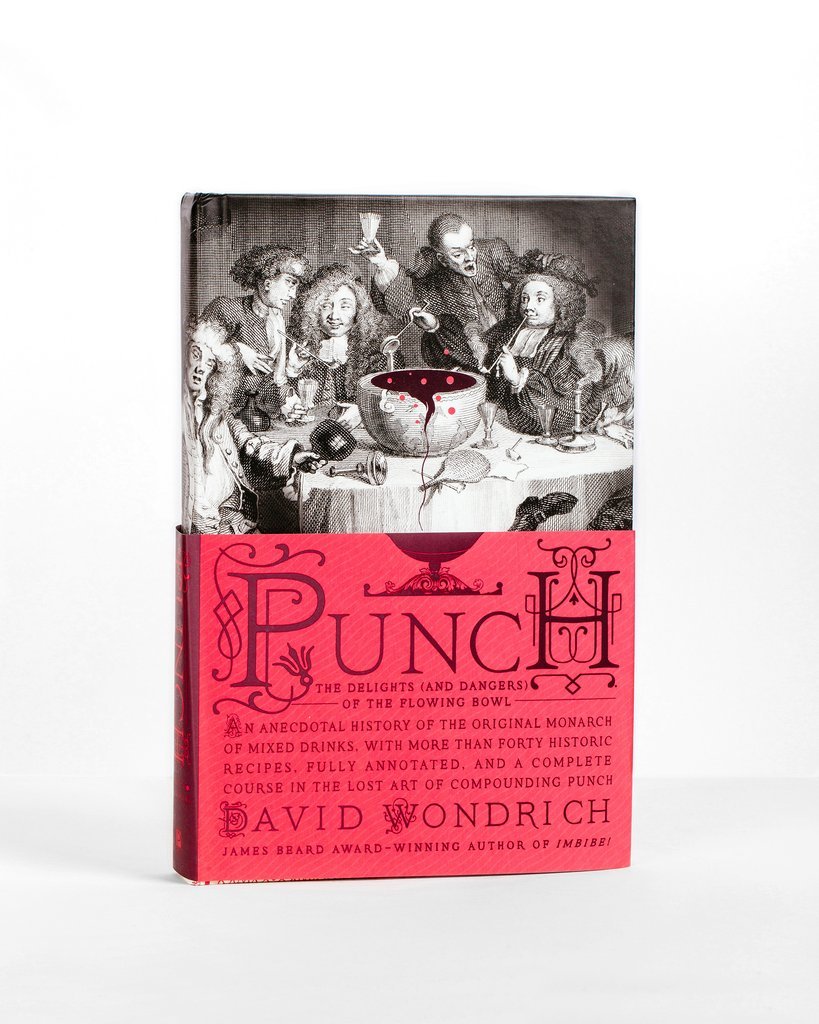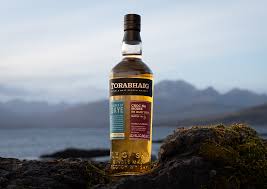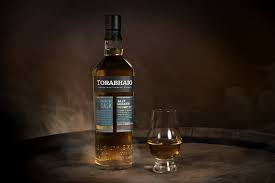Punch Drunk: India & Its Role in the Creation of the Cocktail

Not a lot of people realise how instrumental India was in the creation of cocktail culture.
In the 17th Century, it was in India that ‘punch’, the original ‘monarch of mixed drinks”, first came to prominence courtesy of debauched imperial Brits with a hell of a thirst on.
Hooch historians such as David Wondrich, whose fascinating Punch book is the ultimate oracle on the topic, reckon that the first reliable written reference to Punch was scribbled down, on 28th September 1632, in a letter from Robert Addams, an emplpoyee of the British East India Company stationed in India – “I hop you will keep good house together and drincke punch by no allowance,” he wrote.
The word punch cropped up more prominently in 1658 when the English lexicographer Edward Phillips included it in his New World of English Words – defining it as “A kind of Indian drink”
What about the first written recipe? Well, that can be sourced back to India too, Surat to be specific where a German factory boss observed his workers consuming “a kind of drink consisting of aqua vitae, rose-water, juice of citrons and sugar.”
Further evidence of India’s role in the history of Punch is etymological. It is generally believed that the word ‘punch’ has, in fact Hindi origins – from the word for ‘five’, a reference to the number of ingredients required to make it.
Thing is, in addition to sugar, sour (lemon or lime), water, spice and spirit (arrack, brandy or rum), Punch also had more ingredients and sometimes had less. A sceptical Wondrich also points out that the word always describes something short and stout – like a barrel or puncheon from which punch was served and stored.
What is clearer, however, is that mixed drinks, the cornerstones of modern cocktails, was borne out of British colonialism in India and, in particular, the British East India Trade.
Back then, spirits were rough, raw and unrefined and required watering down and blending with other ingredients to make them palatable. The ideas was to create what could loosely be considered a wine, by adding acidity in the shape of lemons and limes, and reducing the strength with water. Spices and sugar further aided the imbibing experience.
Share this story
More from Spirit Club
-

Torabhaig Cnoc Na Moine
Introducing the highly awaited third chapter in the Torabhaig Legacy Series, Cnoc Na Moine. A testament to our distillery’s continuous evolution...
Read more -

Torabhaig Allt Gleann Batch Strength 61.1%
This release has all the typicity of Torabhaig that you would expect – bonfire smoke, salinity, maltiness, and sweet, vanilla-led...
Read more -

Torabhaig Allt Gleann 46%
Our second release in The Legacy Series, Allt Gleann is named after one of two burns that feed the distillery....
Read more

